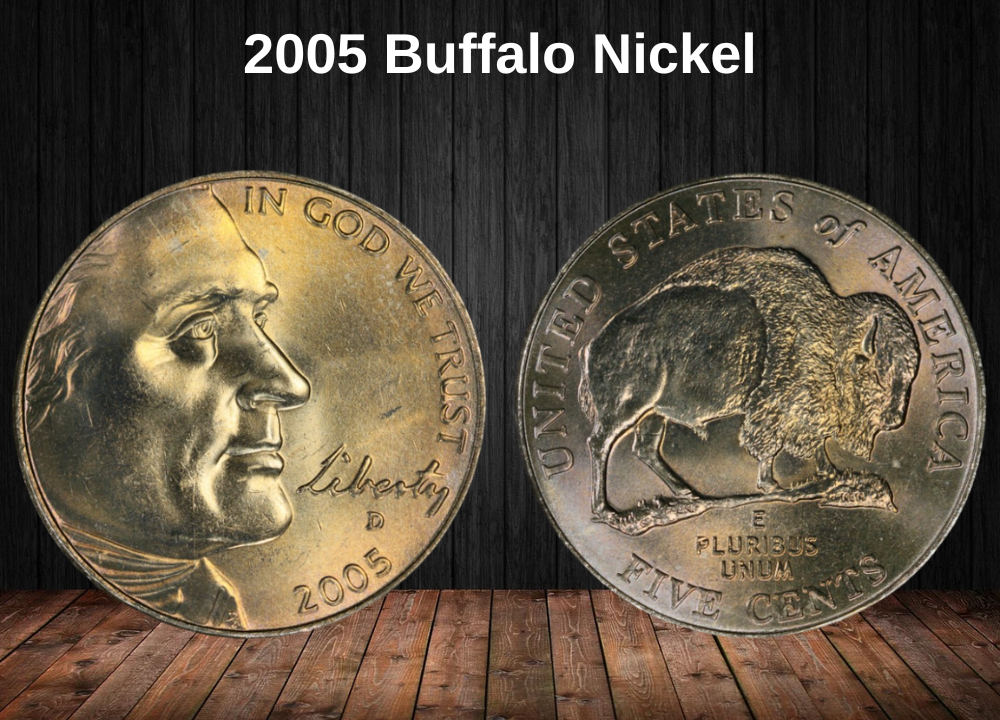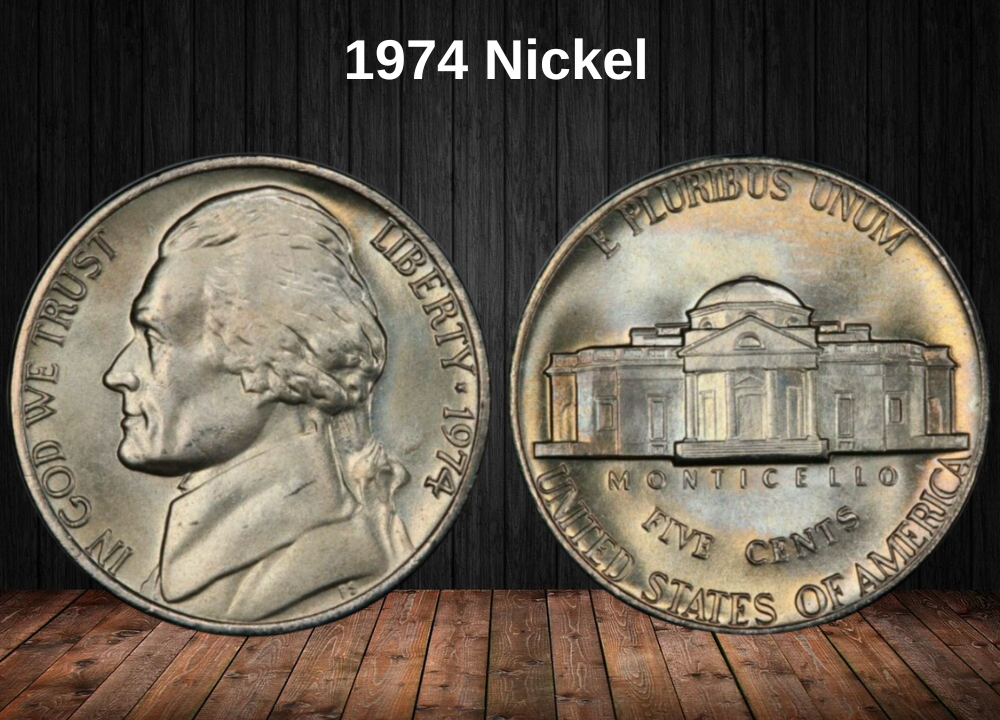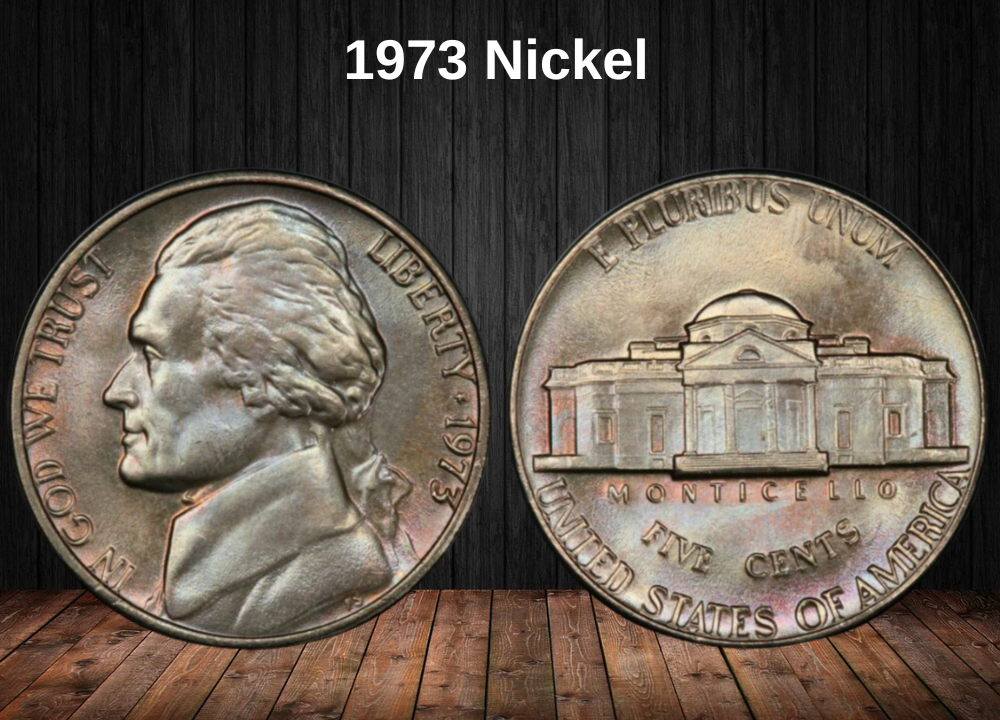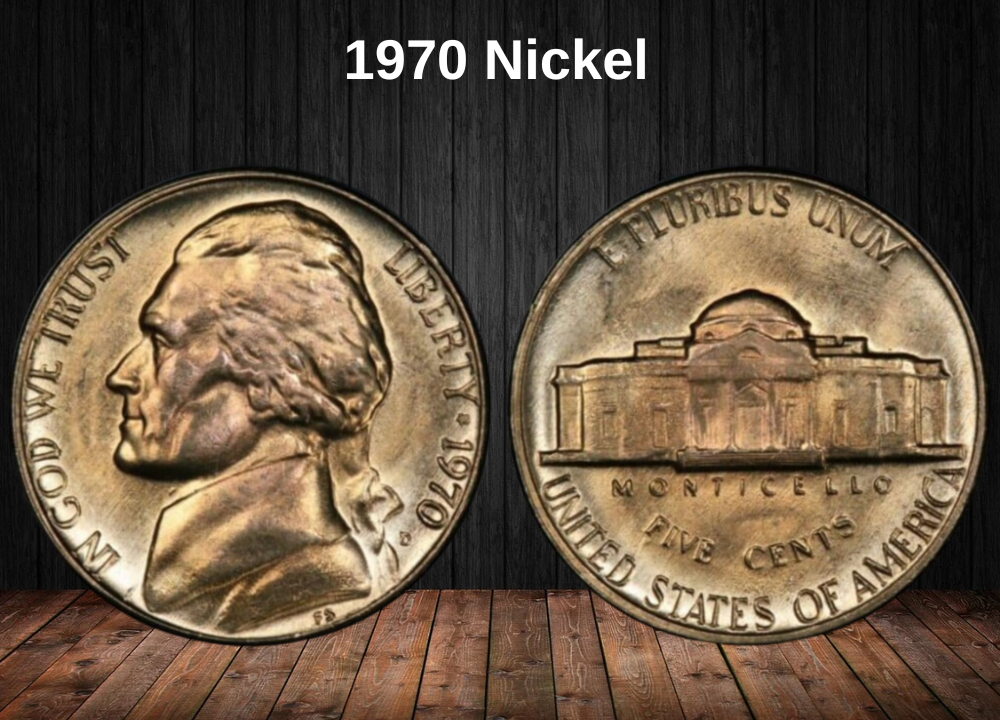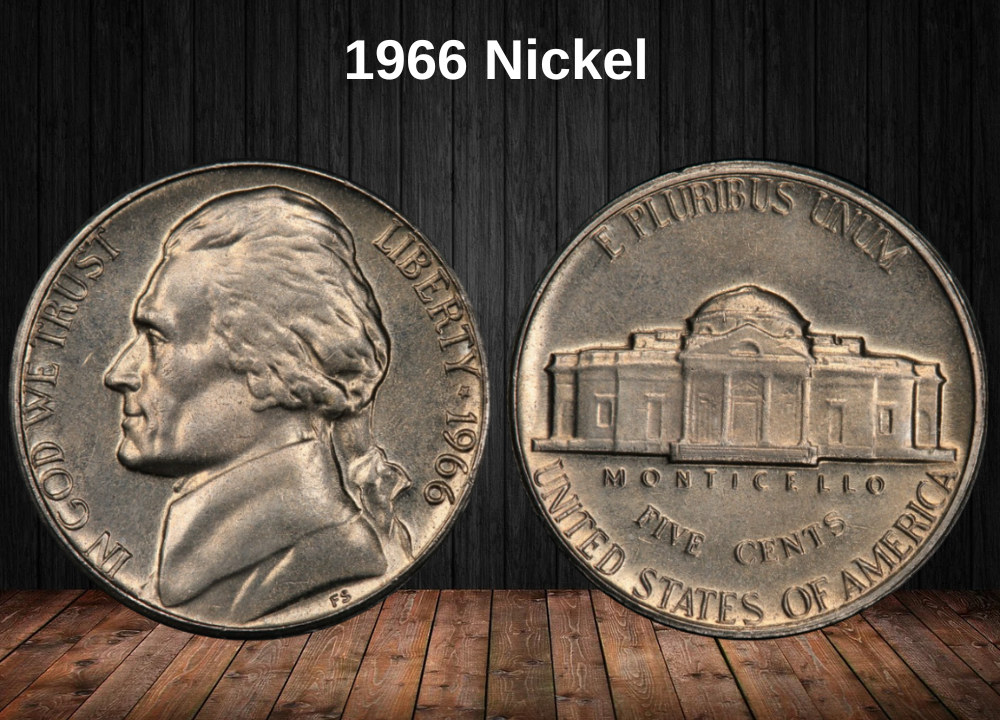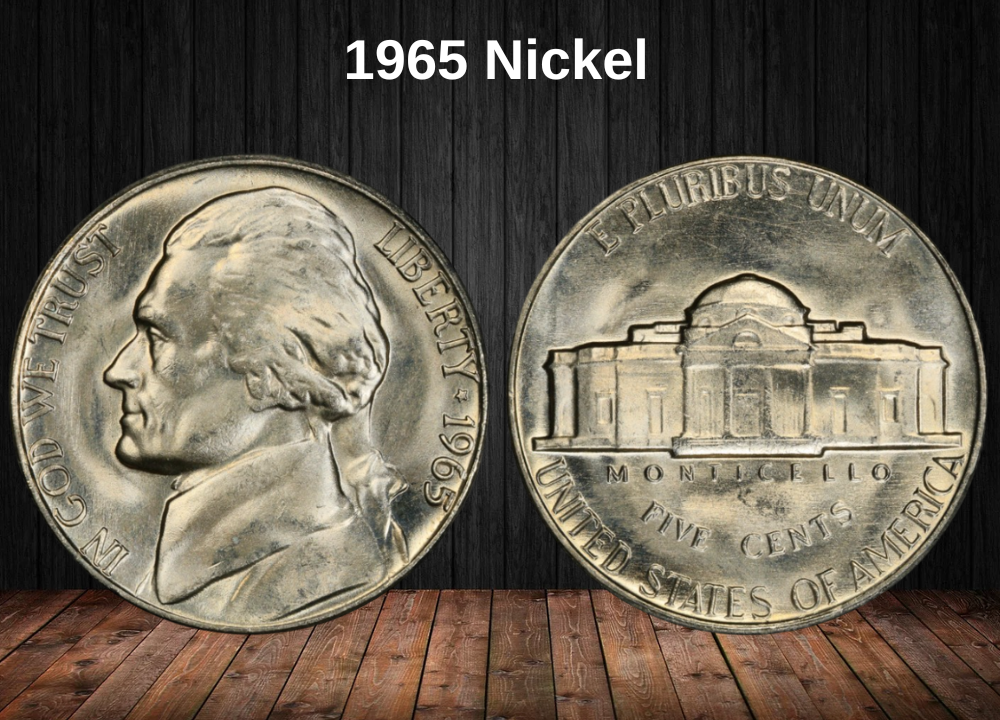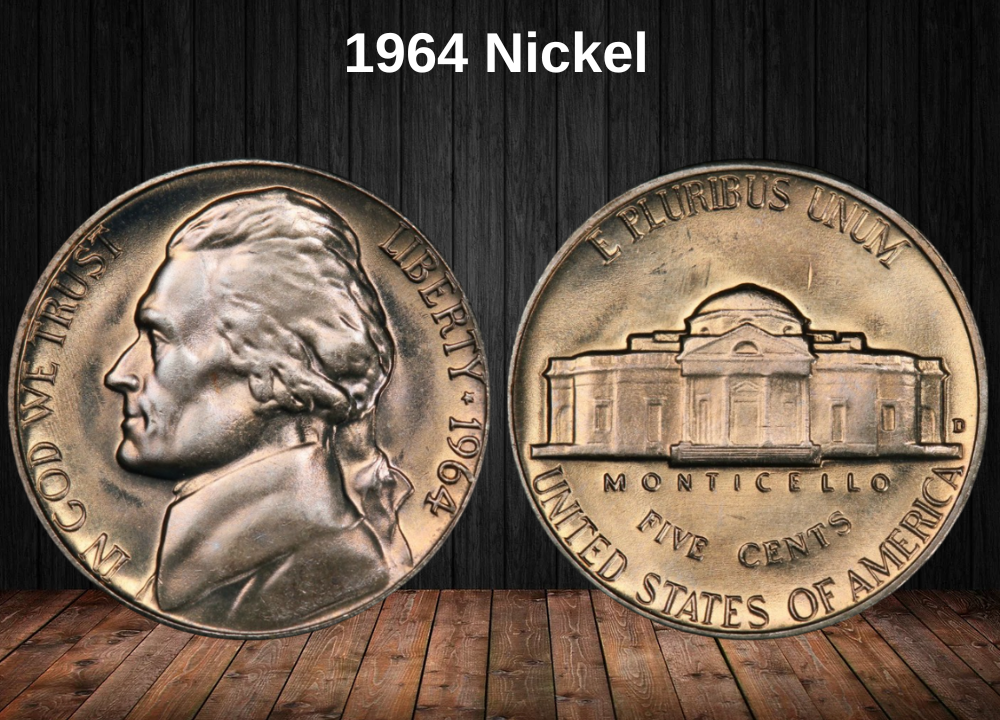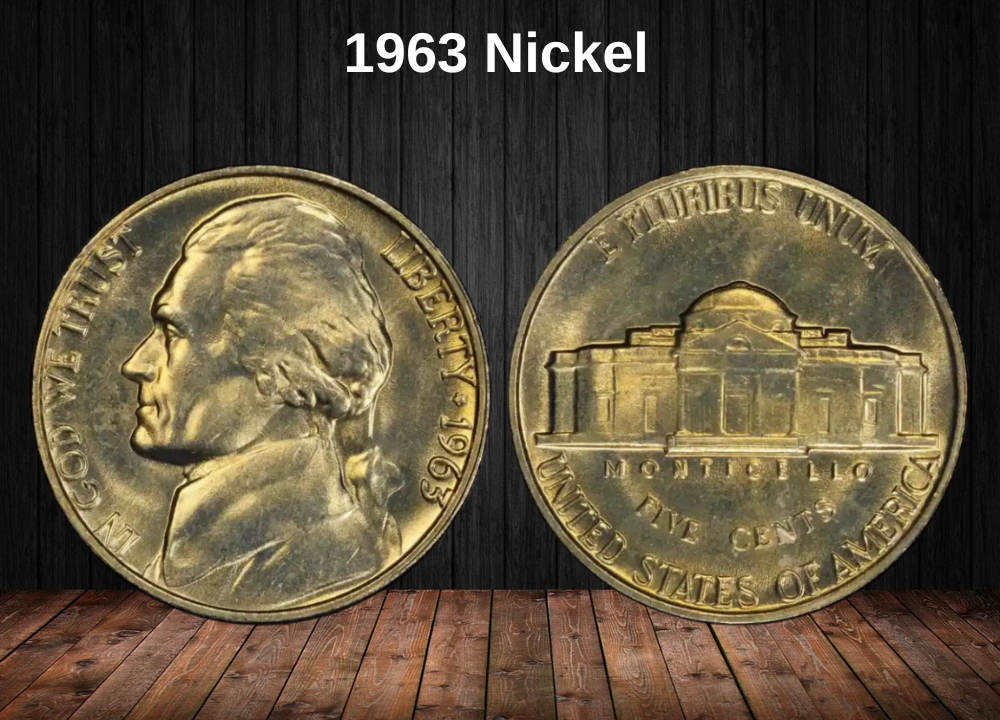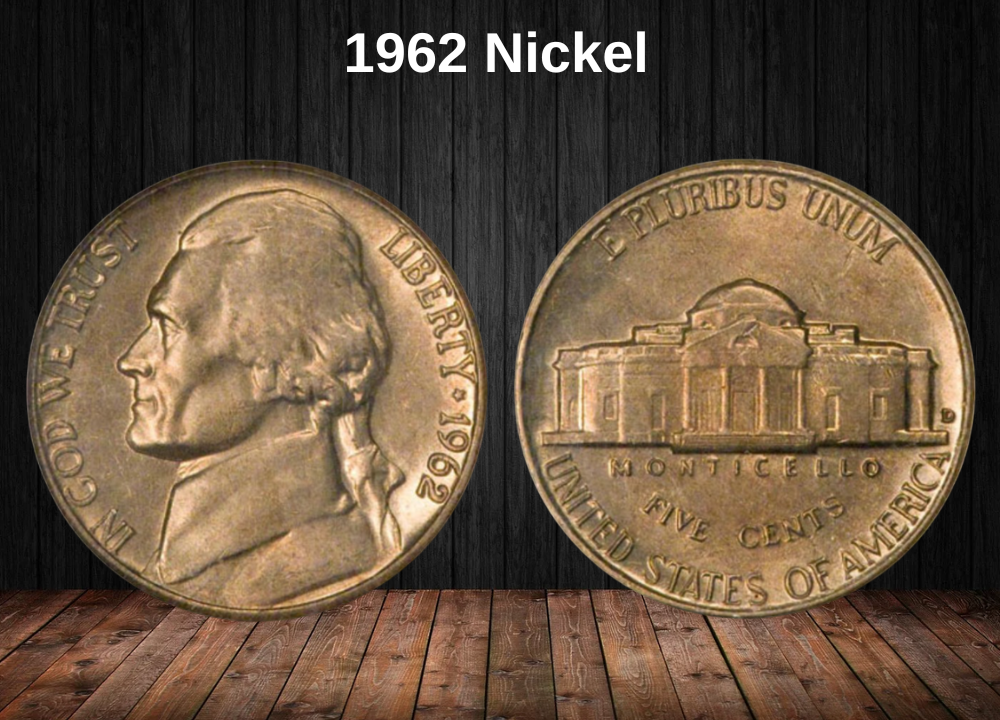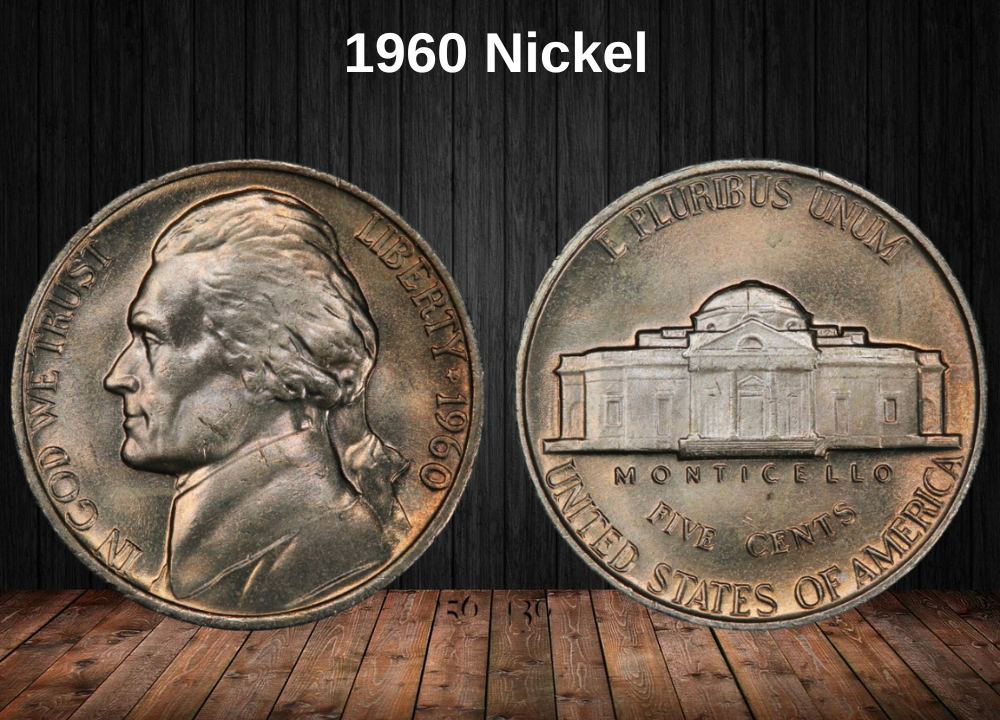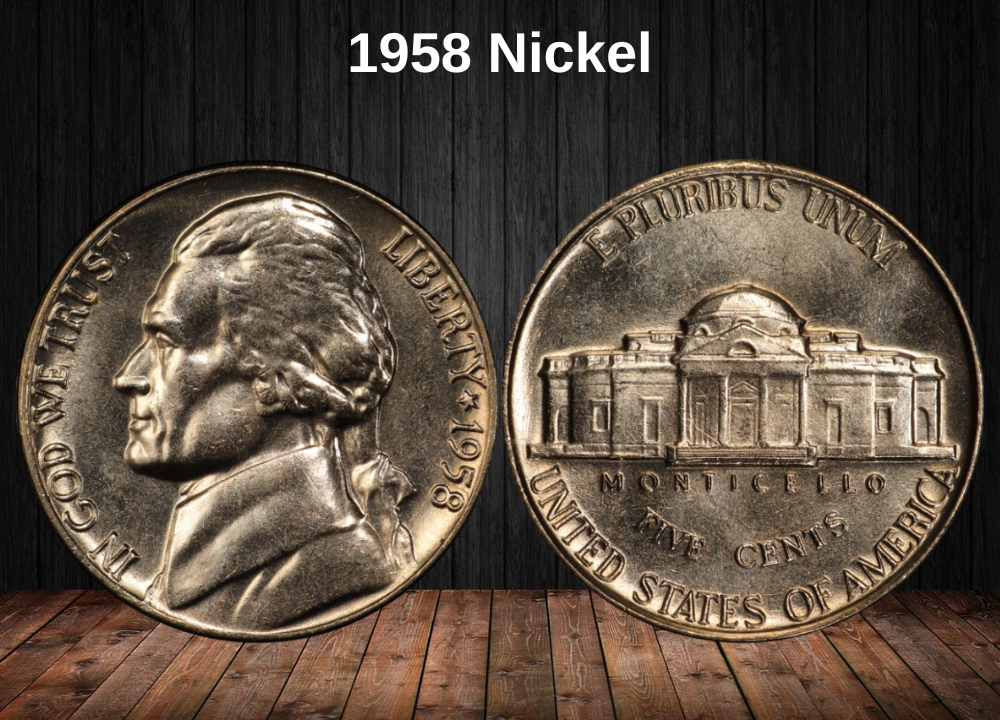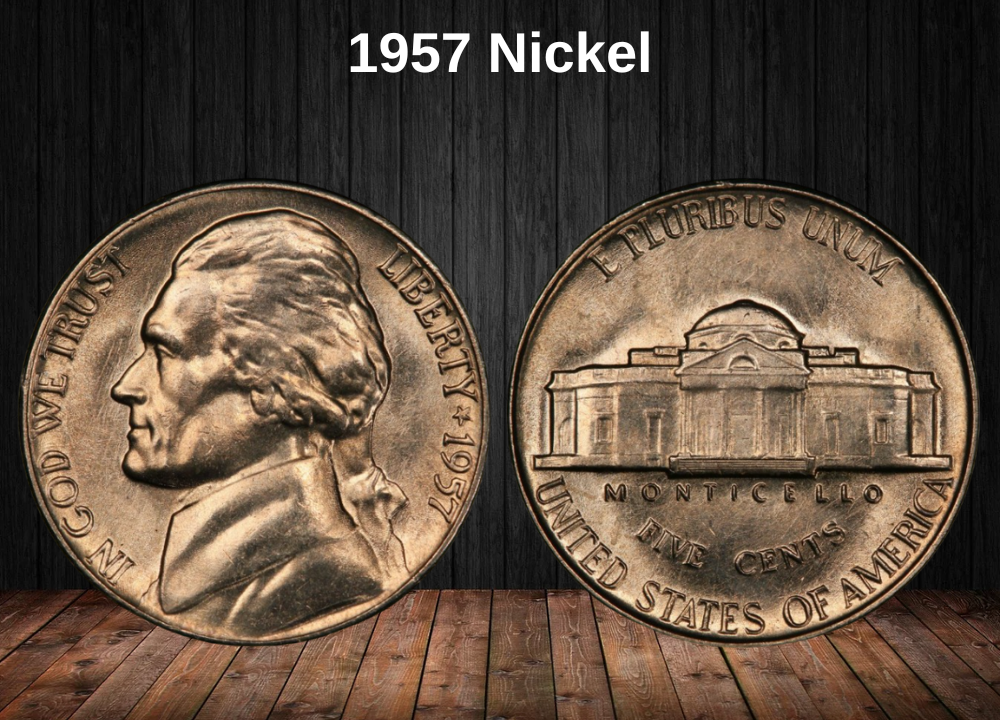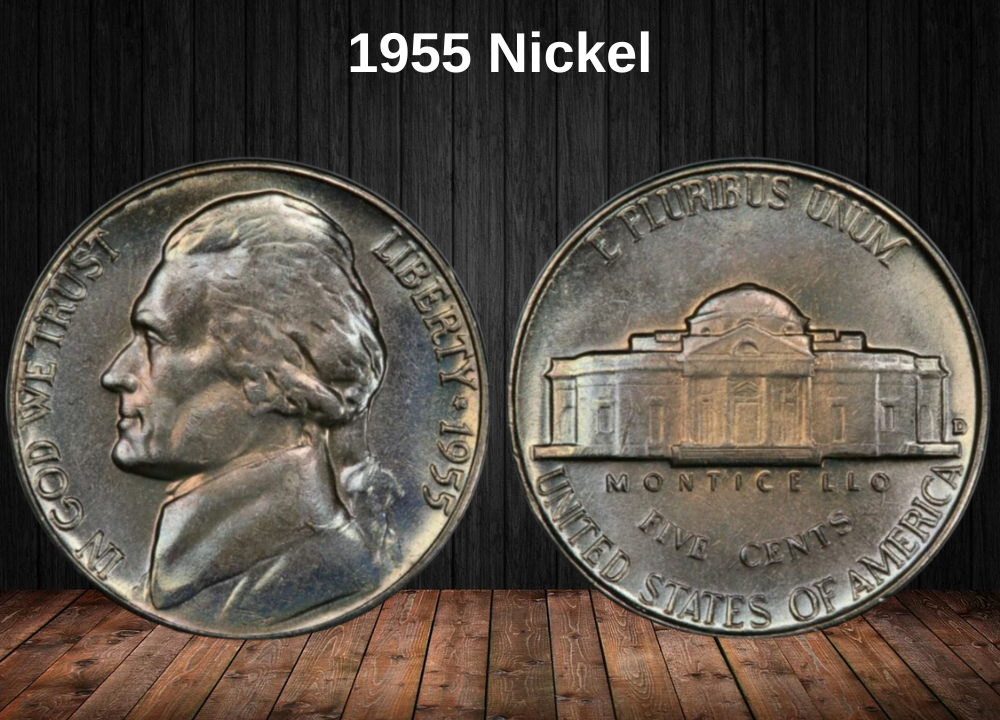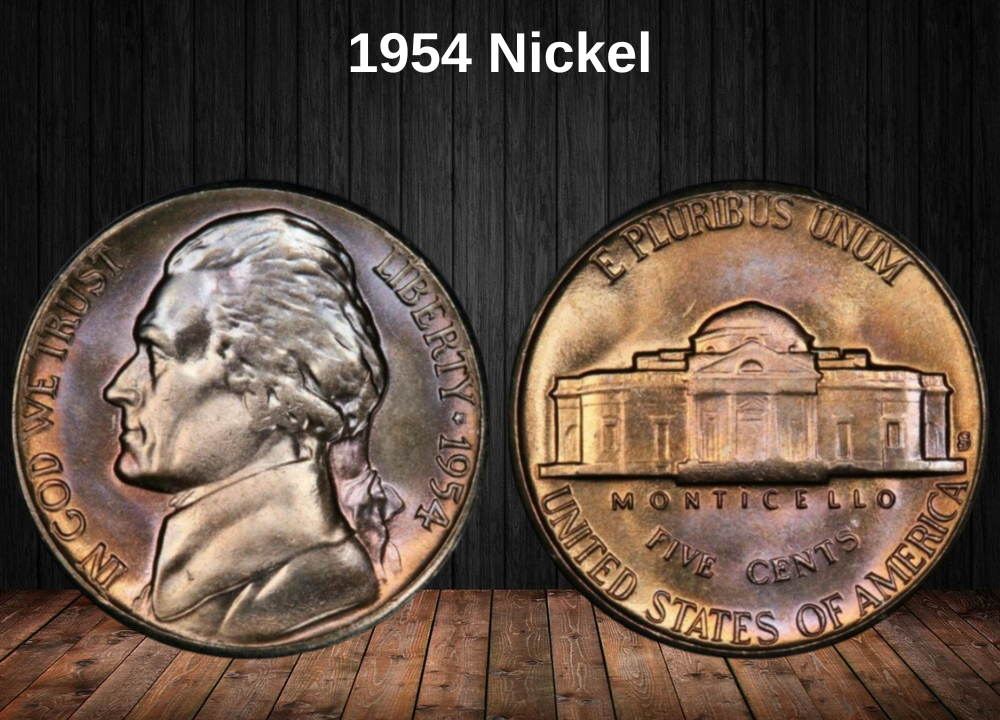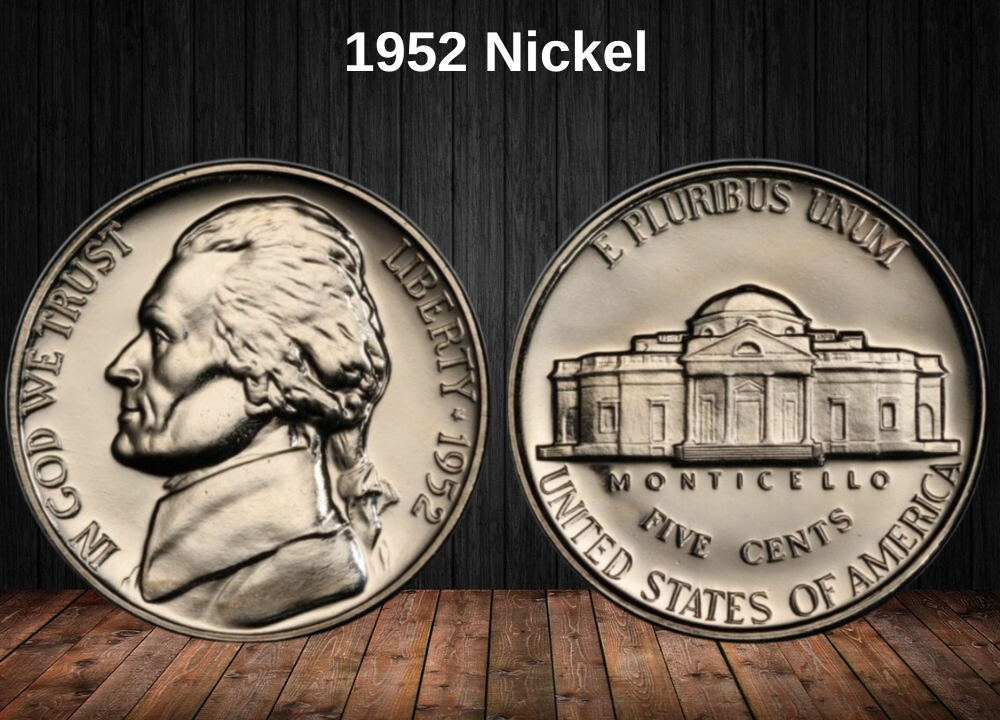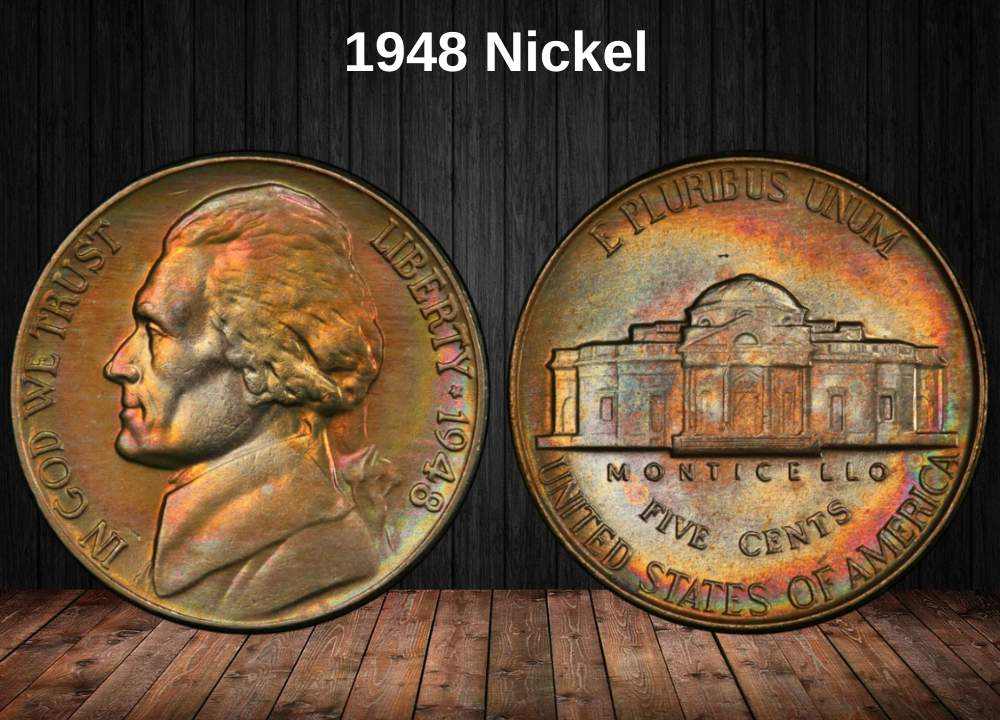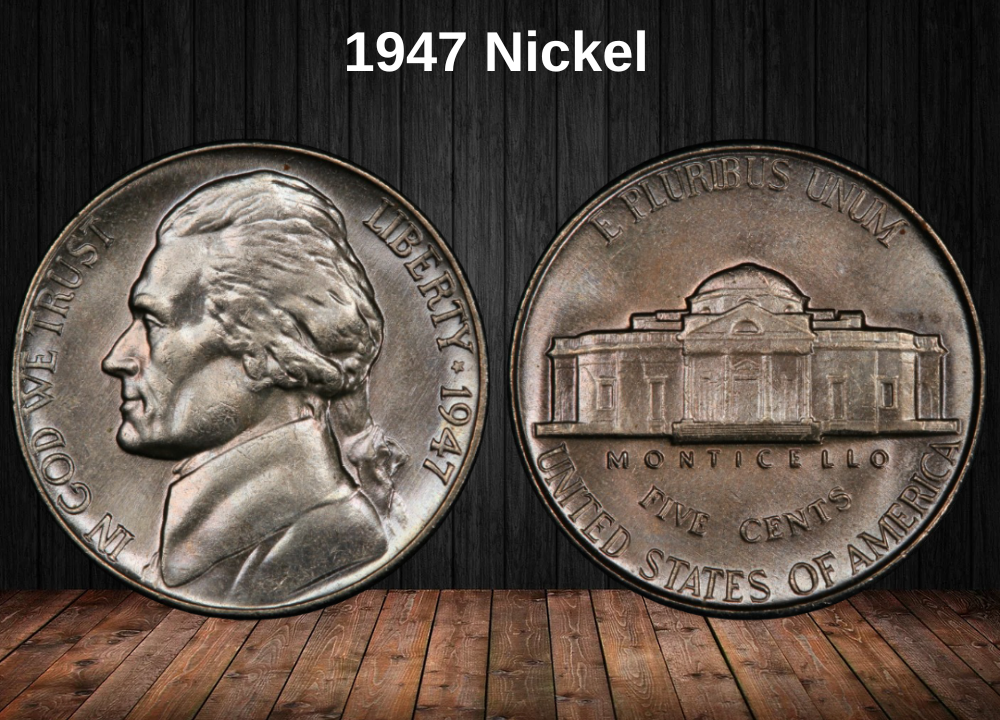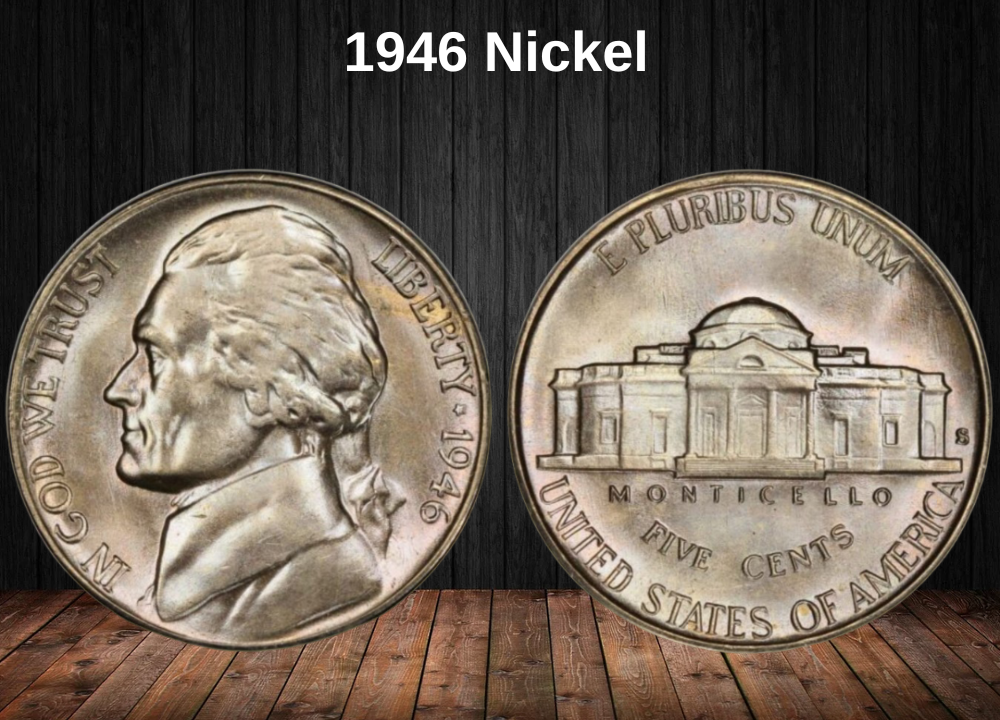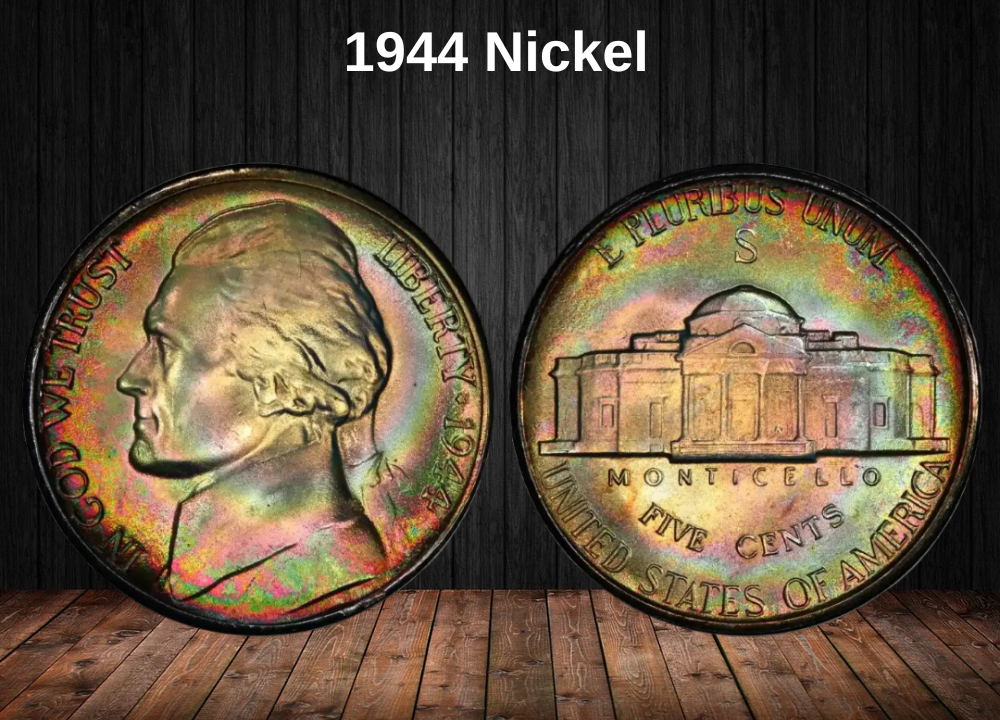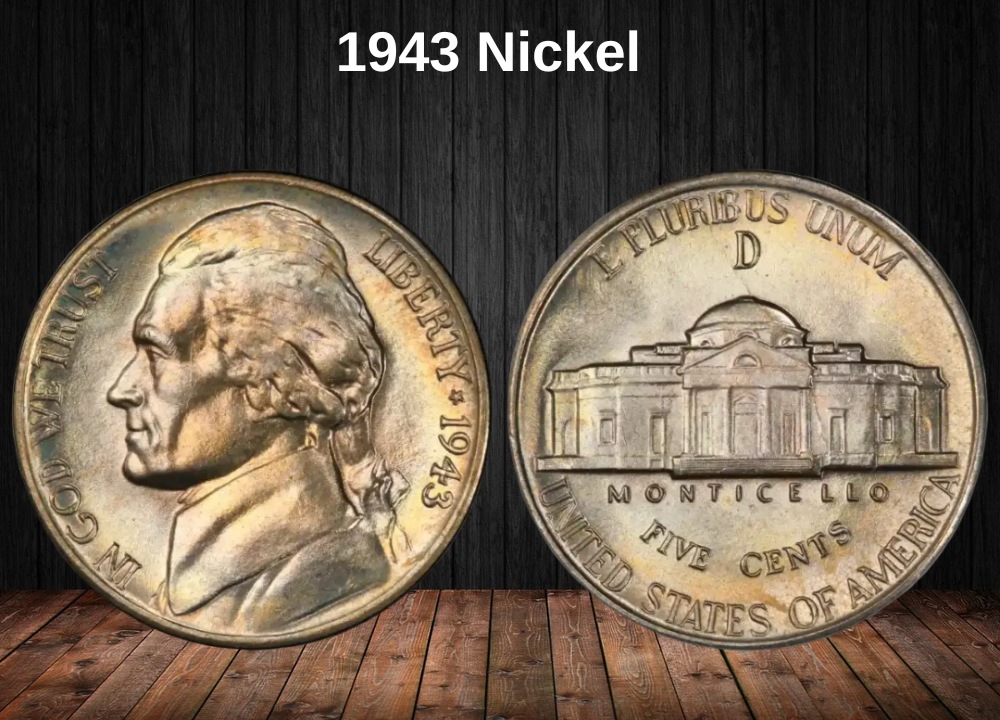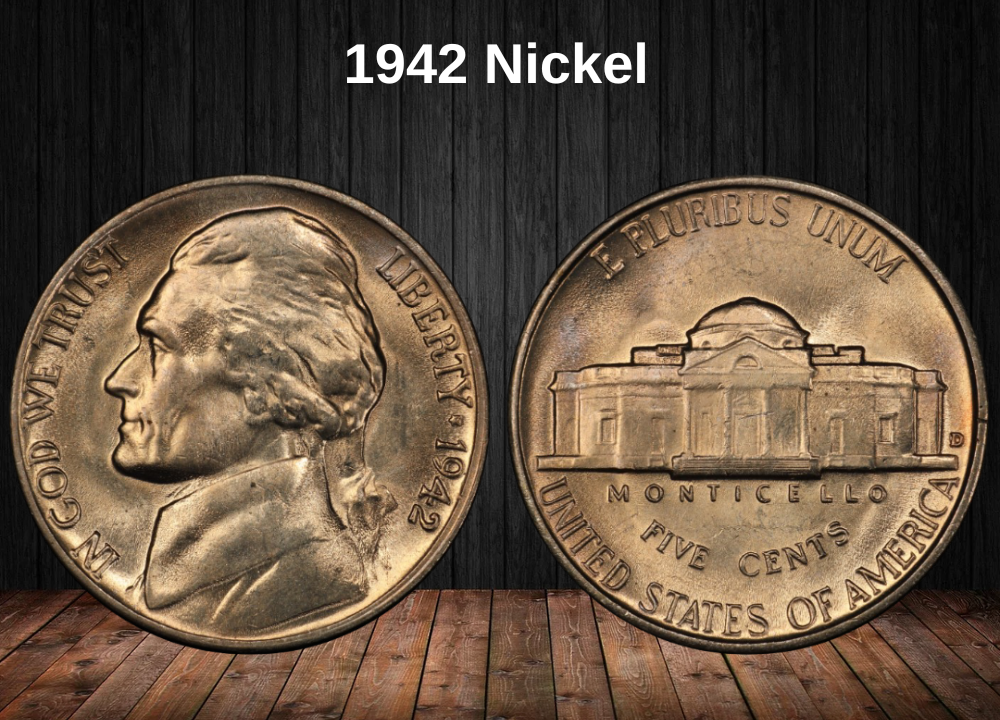If you’ve just discovered a Jefferson nickel from 1959 in your pocket change or collection, you’re not alone—and you might be surprised at what it’s worth. While most of these nickels entered circulation in standard grades, certain mint errors, proof strikes, and sharply struck Full Steps examples can carry notable premiums. Here’s a comprehensive guide tailored for coin collectors and casual finders alike, covering every aspect—history, features, grading, values, rare error types, and expert selling tips.
1959 Nickel Value Chart
Below is a snapshot of typical values based on grade and mint type:
| Condition | 1959 No Mint Mark | 1959-D |
|---|---|---|
| MS60 | ~$2 | ~$2 |
| MS65 | ~$18 | ~$16 |
| PR65 | ~$10 (Proof) | — |
These values reflect average market data as of 2025. Premium examples—particularly those with Full Steps or deep cameo proof finishes—often fetch significantly more.
History of the 1959 Jefferson Nickel
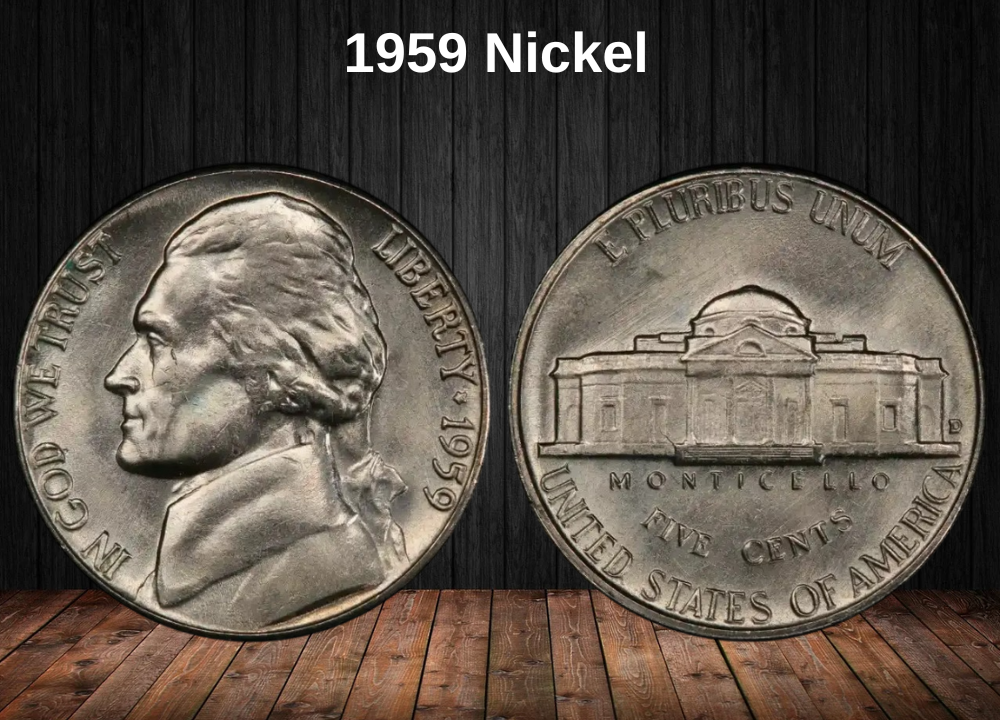
Introduced in 1938, the Jefferson nickel became a permanent fixture in U.S. coinage with its portrait by Felix Schlag, a design chosen through a national competition. Despite minor tweaks to Monticello and letter styling, the coin stayed largely unchanged through 1959. The design’s longevity and appeal helped the series transition from its predecessor— the cumbersome Buffalo nickel—into a collector favorite.
1959 Jefferson Nickel Types
1959 produced three main variants, with these mintages:
- Philadelphia (No Mint Mark): 27,248,000
- Denver (“D”): 160,738,240
- Philadelphia Proofs (PR): 1,149,291
Total output for the year: 189,135,531 nickels.
Notably, Felix Schlag’s initials were omitted from 1959 coins—this detail was only corrected in 1966.
Features of the 1959 Jefferson Nickel
Obverse
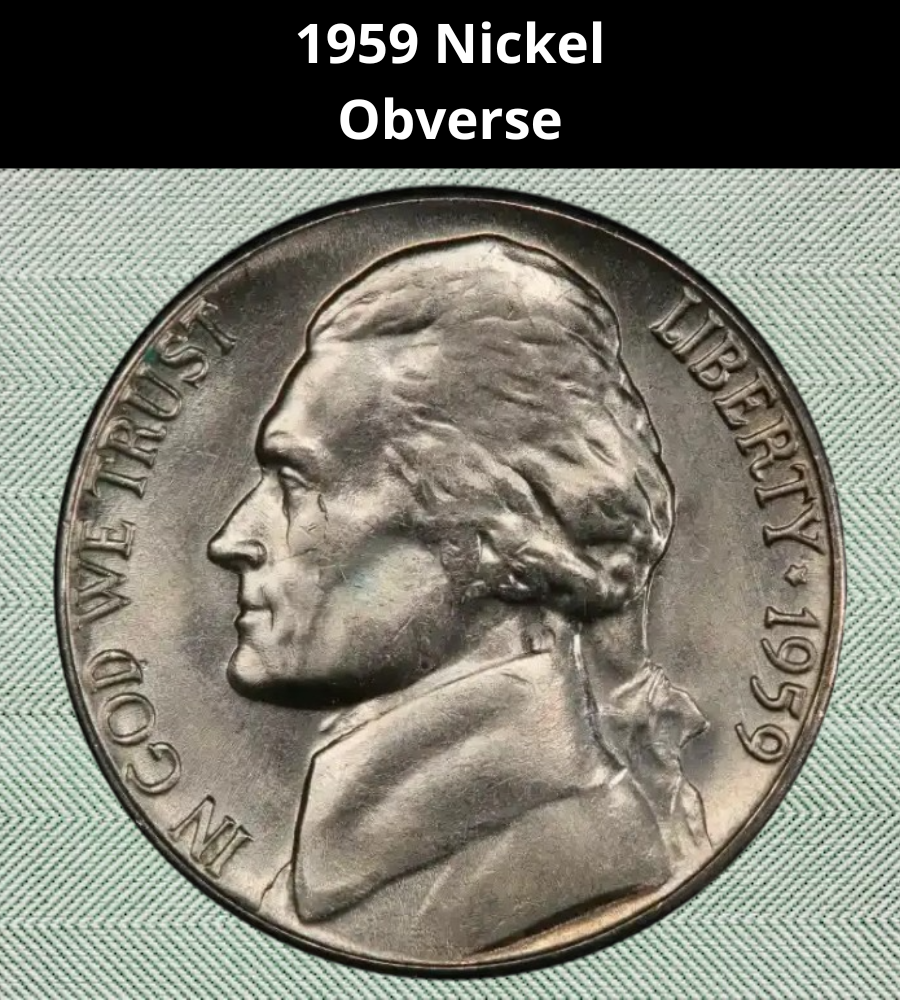
Thomas Jefferson’s portrait, with hair tied in a bow ponytail and high-collared coat. Inscriptions include “IN GOD WE TRUST” across the left rim and “LIBERTY ★ 1959” on the right, featuring the slightly oversized star common to 1957–1959 issues.
Reverse
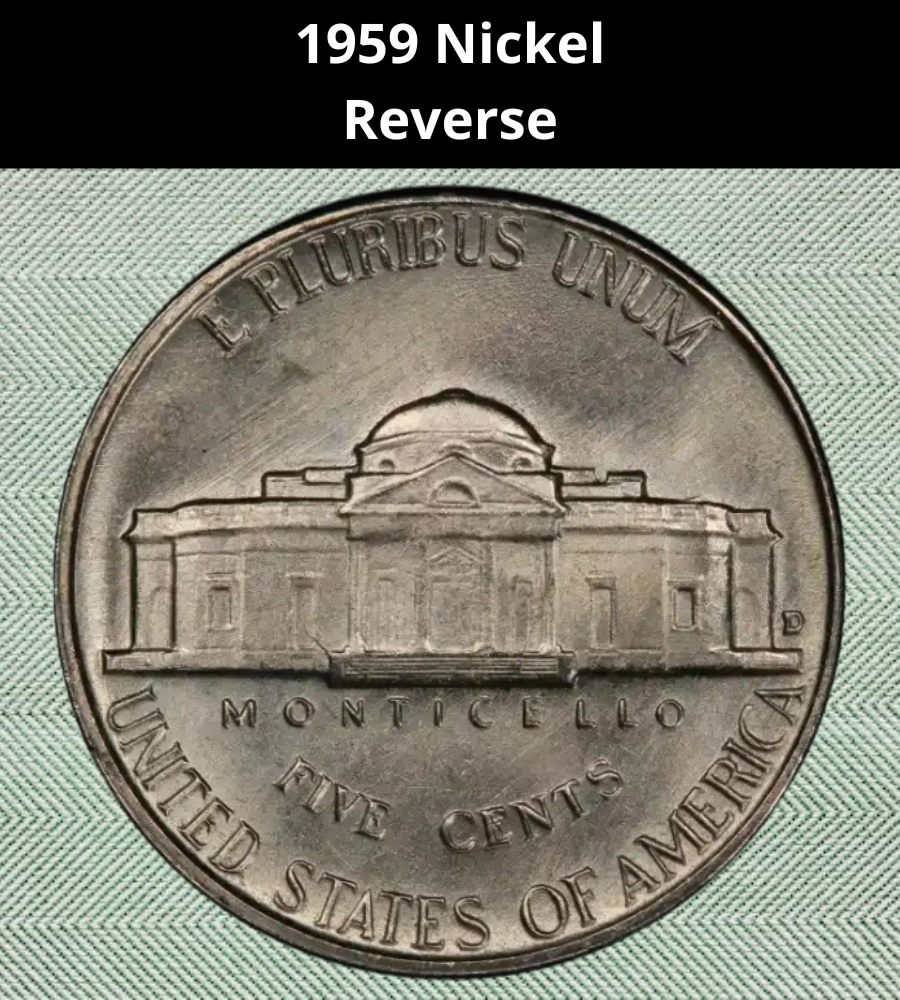
Monticello stands prominently, with “E PLURIBUS UNUM” along the top, “MONTICELLO” beneath the building, and “FIVE CENTS” arcing above “UNITED STATES OF AMERICA.” Denver coins carry a “D” mint mark to the right of the Monticello image.
Specifications
| Attribute | Detail |
|---|---|
| Face Value | $0.05 |
| Weight | 5 g |
| Diameter | 21.20 mm |
| Thickness | 1.95 mm |
| Composition | 75% Copper / 25% Nickel |
| Edge | Plain |
1959 Jefferson Nickel Grading
Coin grading significantly impacts value. The Sheldon scale is used to assess condition—from Poor (1) to Perfect Mint State (70).
| # | Grade |
|---|---|
| 1 | Basal State-1 |
| 2 | Fair |
| 3 | Very Fair |
| 4, 5, 6 | Good |
| 7, 8, 10 | Very Good |
| 12, 15 | Fine |
| 20, 30 | Very Fine |
| 40 | Extremely Fine |
| 50 | About Uncirculated |
| 60 | Mint State |
| 65 | Mint State |
| 70 | Mint State |
Collectability centers on “Full Steps” (FS), meaning all steps of Monticello are sharply struck—often seen only on high-grade specimens.
1959 Nickel Value Guides
1959 No Mint Mark (Philadelphia)
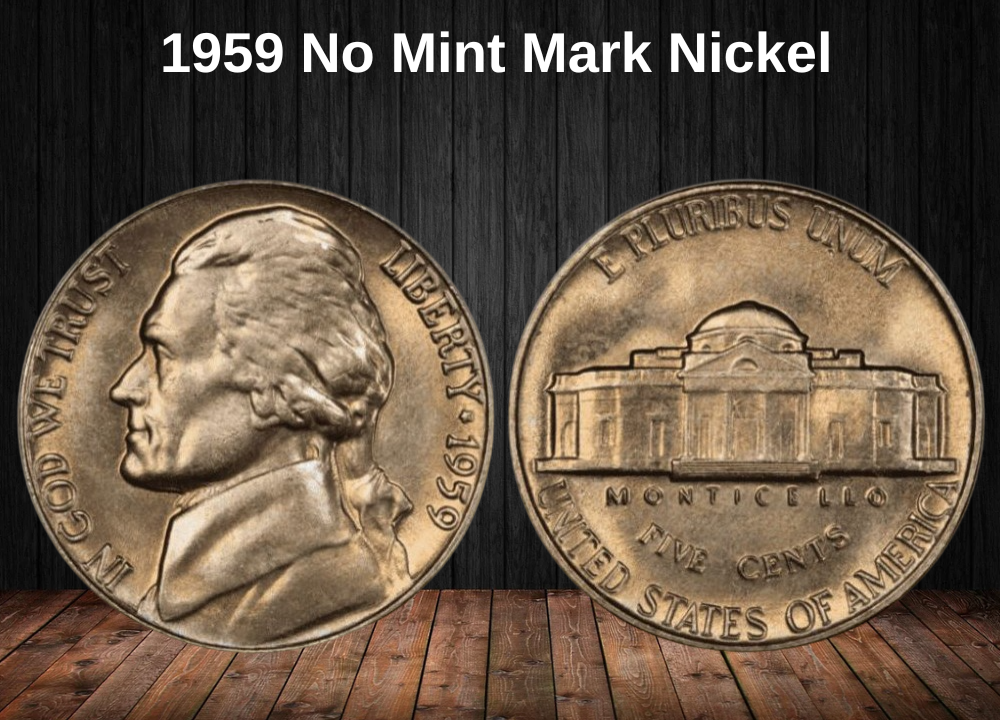
Circulated coins sell for roughly $0.06–$4; MS graded pieces range to $18, and MS67 with Full Steps can reach $4,750. Auction records:
- MS67 (regular): $12,000 (2022)
- MS67 FS: $9,694 (2017)
1959 Proof (Philadelphia)
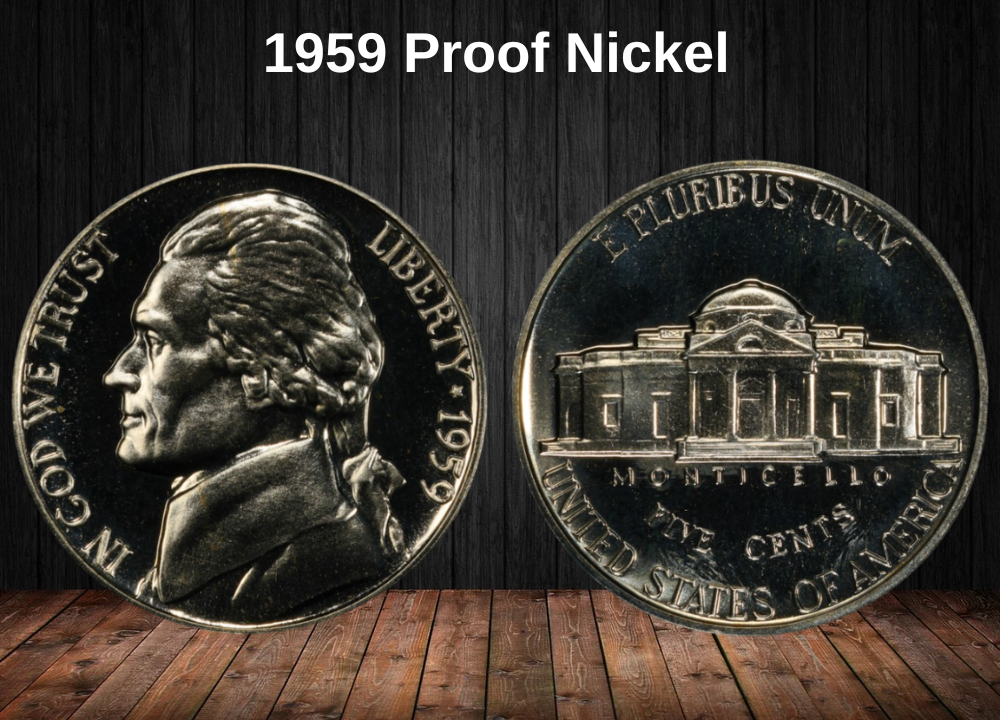
Proofs were plentiful with 1.14 million minted. Prices vary by finish:
- Regular proofs: $1–$24, rising to $375 for PR69.
- Cameo (CAM): $20 (PR65) to $450 (PR69).
- Deep Cameo (DCAM): $150 (PR65) to $9,500+ (PR69) for the rarest strikes.
1959-D (Denver)
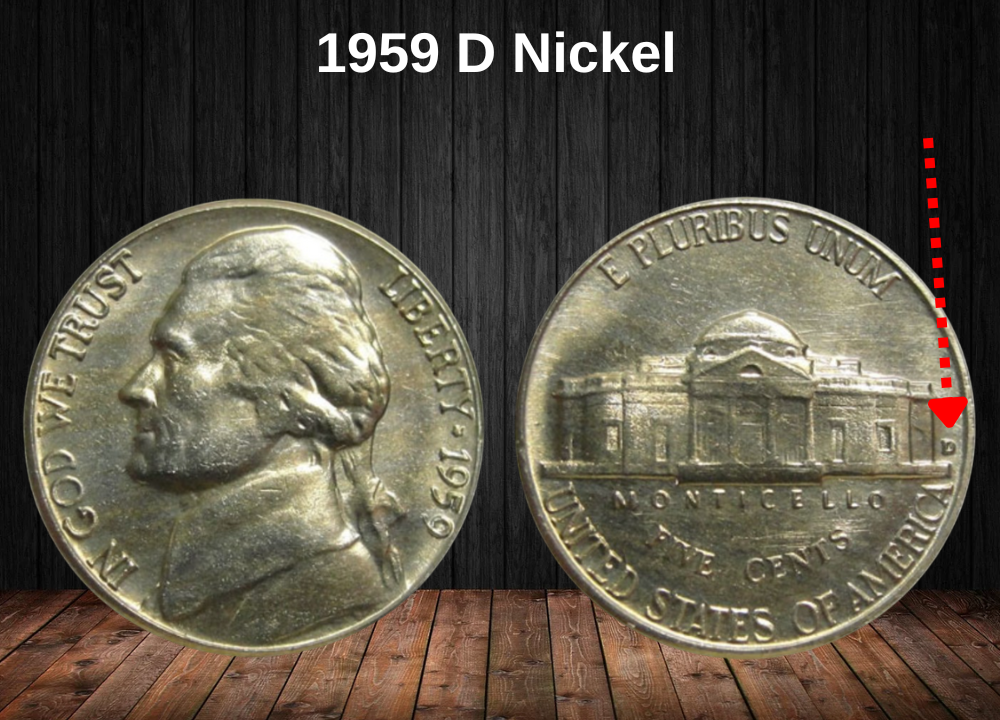
Large mintage makes most circulated pieces worth only a few cents. Mint State values: MS66 ≈ $24; MS67 ≈ $1,000. Full Steps brings big premiums: MS66 FS ≈ $1,400; auction record: $3,910 (MS66 FS, 2007).
Rare 1959 Jefferson Nickel Errors
Here is an expanded walk-through of the most collectible error types and their estimated values:
Doubled Die (Obverse or Reverse)
A doubled die error happens when the coin die itself was impressed twice by the hub at slightly different angles. On a 1959 nickel, this can cause letters such as “LIBERTY,” “IN GOD WE TRUST,” or details on “MONTICELLO” to appear doubled.
- Identification Tip: Look for clear, separate lines on the edges of letters or building features.
- Value Range: Common doubling may sell for $5–$20. Dramatic examples with strong separation can bring $50–$150, especially in high grade.
Off-Center Strike
Occurs when the coin blank (planchet) is not properly centered in the striking chamber, causing part of the design to be missing.
- Identification Tip: The more off-center the strike, the higher the value—provided the date remains visible.
- Value Range:
- 10–20% off-center: $10–$20
- 40% off-center: $30–$50
- 50%+ off-center with full date: $100–$200 or more.
Re-Punched Mint Mark (RPM)
In 1959, mint marks were hand-punched into dies. If the punch was misaligned or struck twice, the “D” mint mark could appear doubled or offset.
- Identification Tip: Use magnification to spot extra outlines or shadows around the “D.”
- Value Range: Minor RPMs: $3–$10; clear, dramatic re-punches can reach $25–$75, with Full Steps examples going higher.
Double Strike
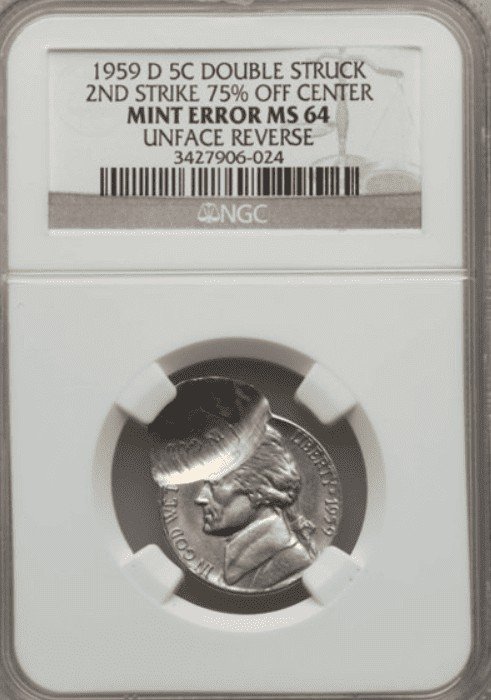
A double strike happens when the coin is struck twice without being fully ejected between strikes, creating a “ghost” image or severe doubling.
- Identification Tip: Look for a second outline of Jefferson’s portrait or Monticello shifted slightly from the first.
- Value Range: $75–$125 for moderate examples; highly dramatic double strikes can exceed $200.
Die Cuds and Die Breaks
These occur when a portion of the die cracks or breaks away, leaving raised metal or a missing design section on the coin.
- Identification Tip: Cuds often appear along the rim, while cracks may run through letters or Monticello.
- Value Range: Small cracks: $3–$10; medium cuds: $25–$50; large dramatic cuds can exceed $100.
Wrong Planchet Strikes
When a 1959 nickel is struck on a planchet meant for another coin, its weight and diameter will differ.
- Common Wrong Planchets:
- Dime planchet (silver, smaller, lighter): ~$600+
- Cent planchet (copper, smaller, lighter): ~$1,000+
- Identification Tip: Compare weight (should be ~5g normally) and look for missing parts of the design near the rim.
Black Beauty Nickels
This nickname refers to coins that appear unusually dark because they were over-annealed during preparation.
- Identification Tip: The dark toning is uniform and not caused by wear or environmental damage.
- Value Range: Most are worth $2–$5, but uncirculated examples with Full Steps can bring $50+.
Strikethrough Error
Happens when a foreign object—like cloth fibers, grease, or wire—gets between the die and planchet during striking, leaving its impression.
- Identification Tip: Look for shallow, irregular depressions matching the texture of the object.
- Value Range: $15–$70 depending on severity and placement.
Staple Strikes (Staple Impression)
A rare subtype of strikethrough where a metal staple is struck into the coin. On 1959 nickels, this creates a clear outline of the staple.
- Value Range: $525–$545 depending on which side is affected (obverse or reverse) and the coin’s grade.
- Collector Appeal: Unusual and visually striking—sought by error specialists.
Where to sell your nickel?
Now that you’re aware of your nickel’s value, you may be curious about the best places to sell it. Don’t worry: here’s a rundown of some top online marketplaces where you can conveniently sell your nickels, along with their benefits and drawbacks.
Explore the best platforms for selling nickels online (advantages and disadvantages).
FAQ About the 1959 Jefferson Nickel
Here’s an expanded FAQ addressing collector questions:
- Are 1959 nickels rare?
No—they have large mintages—but high-grade, FS, proof, and error examples are collectible. - What are the priciest 1959 nickels?
- $12,000 – MS67 (regular, 2022)
- $9,694 – MS67 FS (2017)
- $3,910 – 1959-D MS66 FS (2007)
- $1,576 – PR69 (proof, 2021)
- What’s a Full Steps coin and why does it matter?
Sharp five or six steps on Monticello indicate a superior strike, drastically increasing value. - What’s the best way to store my nickel?
Use a protective holder (flip or slab) and avoid humidity, heat, or handling. - Does cleaning affect value?
Yes—any cleaning often lowers a coin’s value. - How can I tell a CAM from a DCAM proof?
Cameo has frosted devices and mirror fields; DCAM has strong contrast with deeper frosted relief. - Is professional grading worth it?
Yes—it boosts credibility and can increase sale value, especially for rare or high-grade coins. - How current are these values?
Updated as of 2025—based on auction and certified-population data; always check recent listings. - Does metal composition matter?
All 1959 nickels are 75% copper and 25% nickel, so melt value is minimal—worth more as collectible than as metal.

